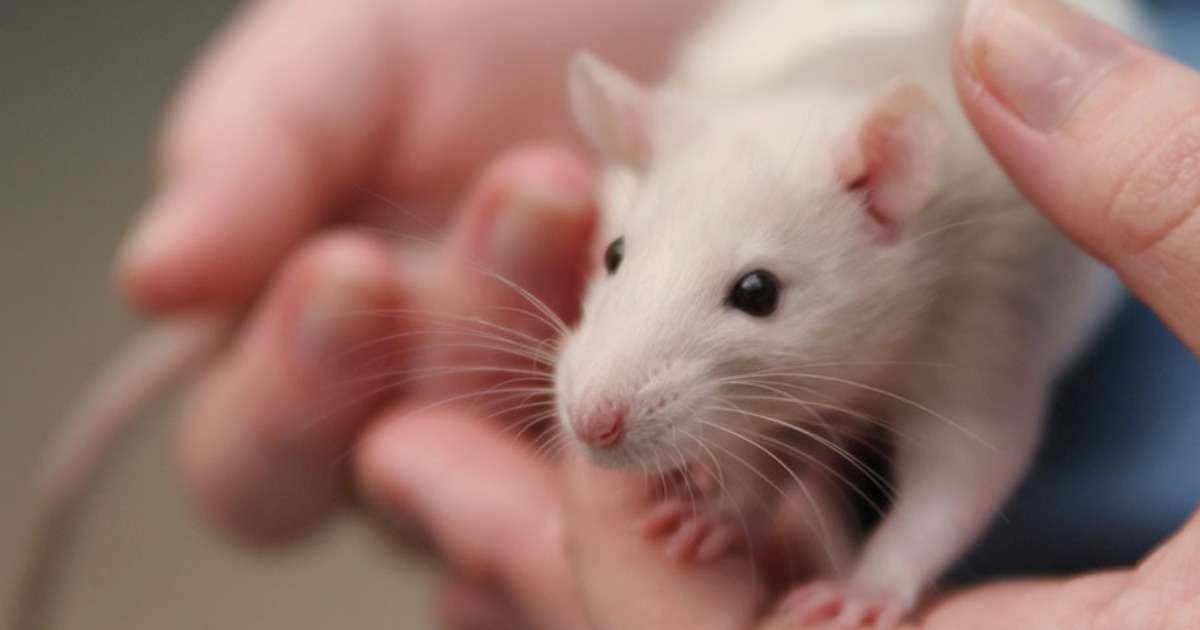
How doing exercises counteracts the effects of Alzheimer’s disease
Recent research has shown that rats induced with Alzheimer’s disease suffered less from the effects of the disease when subjected to exercise.
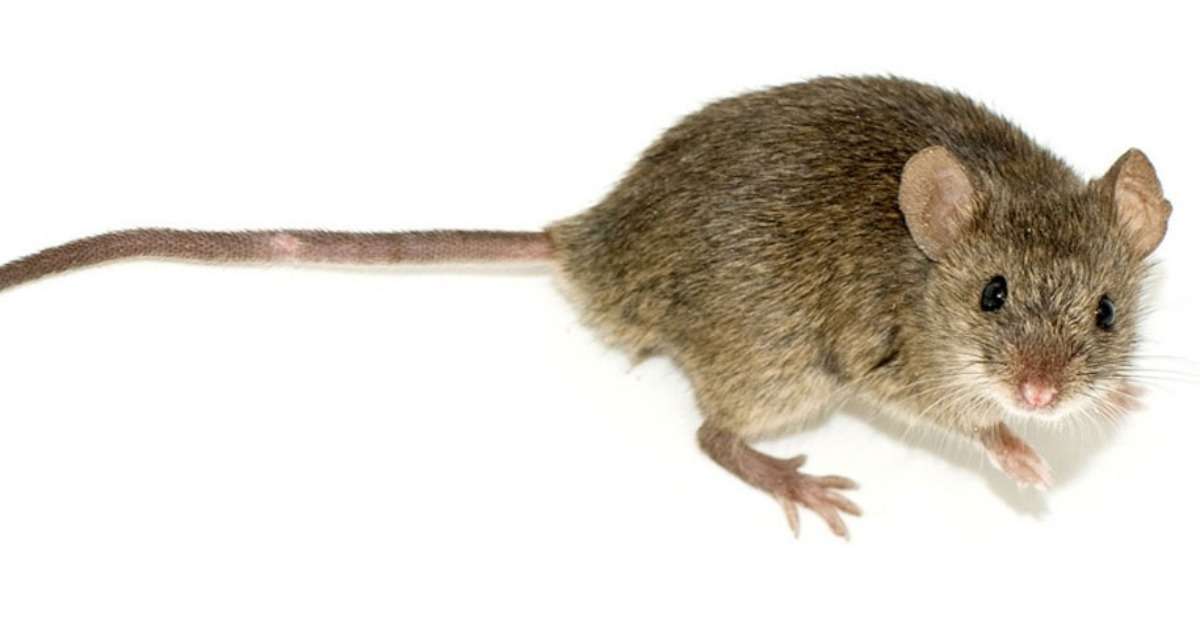
How mice regain their memory: Betaine against Alzheimer’s Disease
As a potential Alzheimer medicine, betaine was tested on an AD animal model in a novel object recognition test. Using video tracking, scientists studied the influence of betaine and betaine transporter on mouse memory.
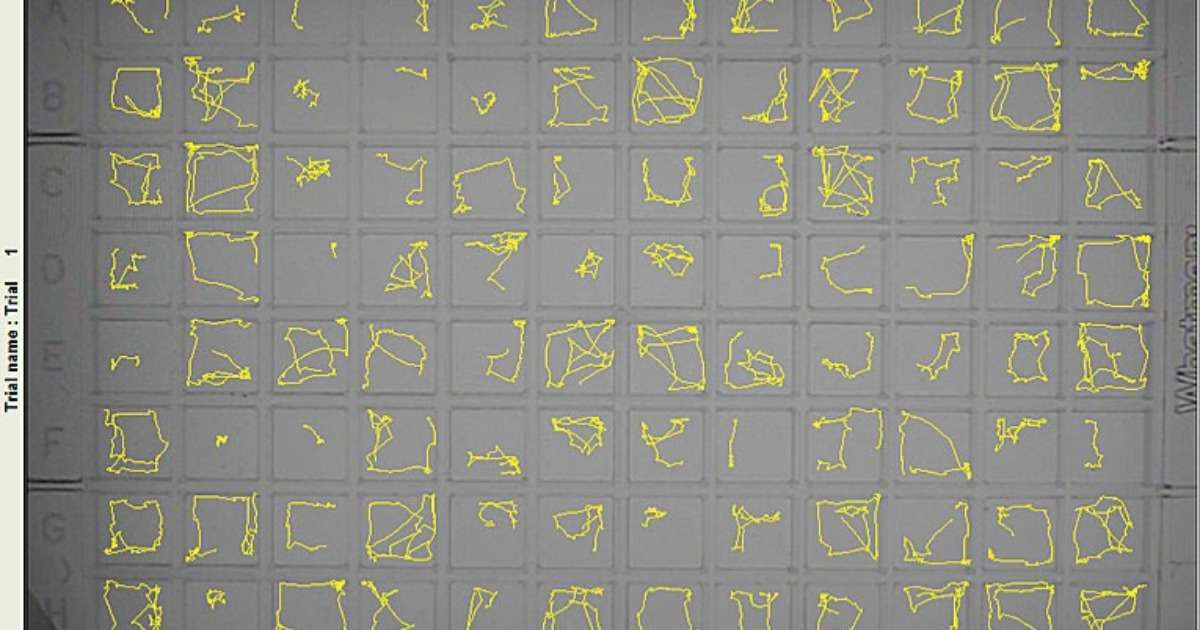
The ultimate list of neuroscience lab software tools
Are you interested in starting a new lab, or perhaps in updating your current lab to its maximum potential? If so, this list of ultimate neuroscience software tools is the place to begin.

Gait analysis at the PSDL using CatWalk
Our lab studies the Neuronal Ceroid Lipofuscinoses (NCLs) or Batten disease, which are a group of progressive and genetically inherited neurodegenerative diseases that affect children and young adults.
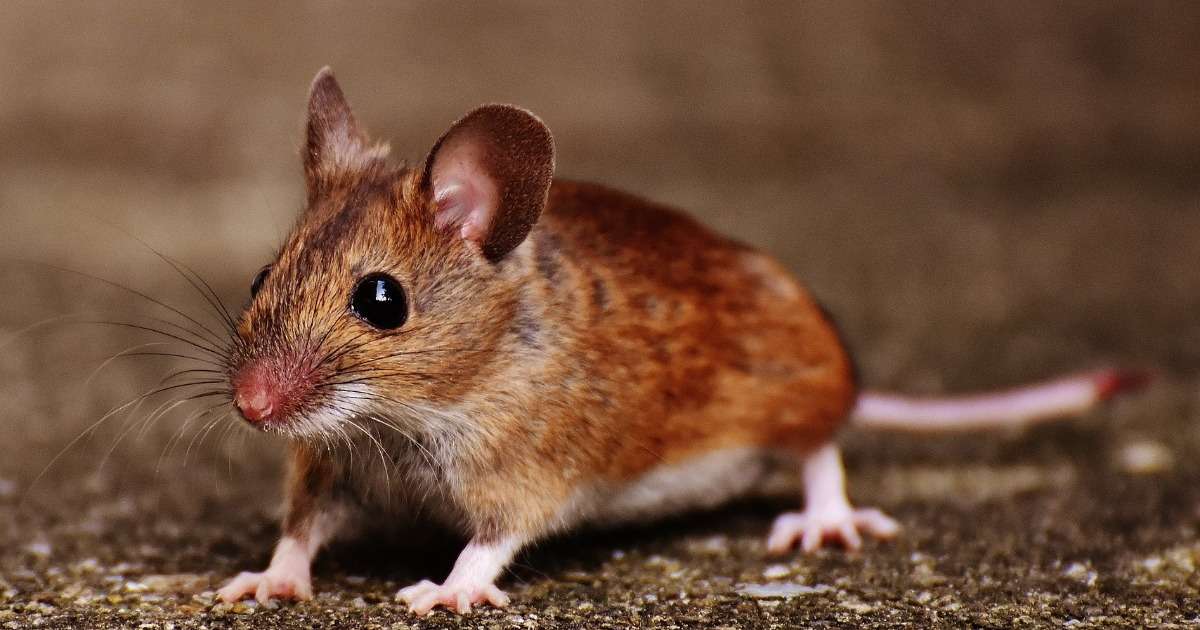
Why it doesn’t seem fair to prefer male mice in behavioral studies
Is it justified to use male mice only in behavioral studies, as many diseases affect men and women differently? This might be the most important argument to favor including female mice in certain studies.
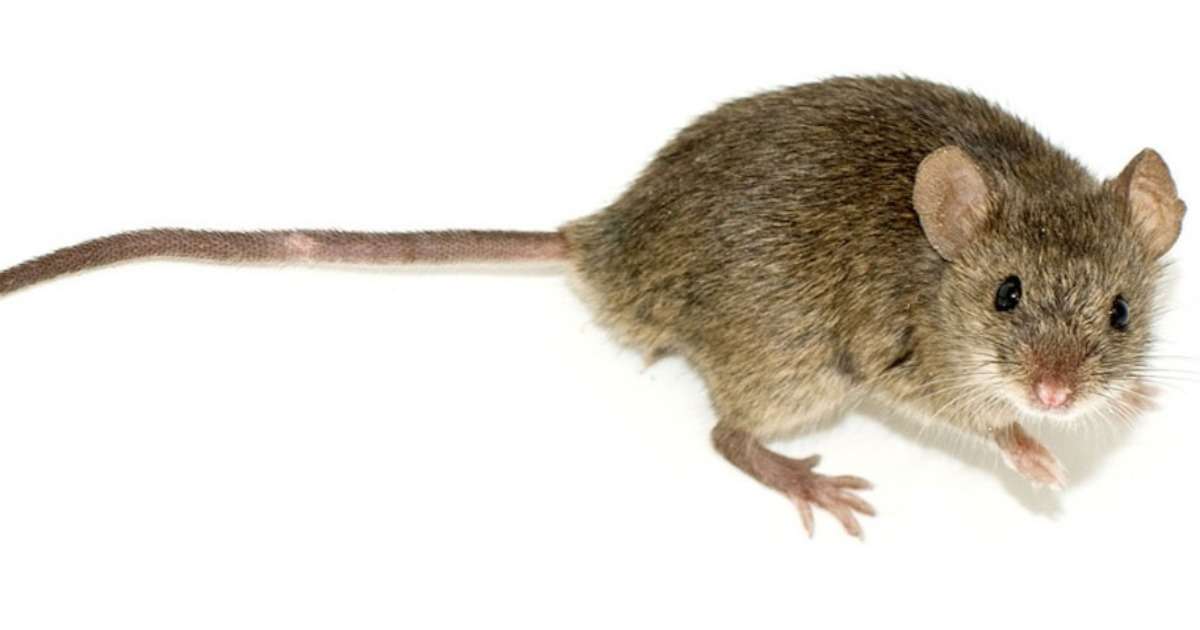
IR backlight in rodent behavioral testing
How do mice act in complete darkness? Ann-Kristina Fritz and her colleagues ordered a large, round open field with IR backlight, custom made by Noldus, to investigate.
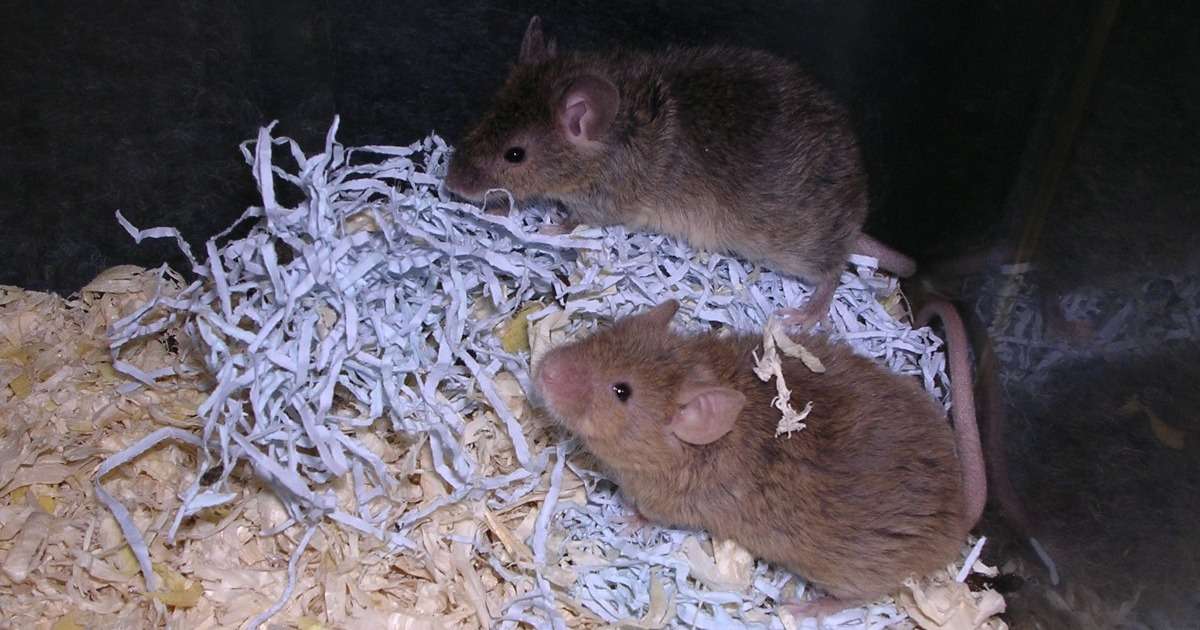
Spatial and odor memory impaired mice – new model for Alzheimer’s
Plaques and tangles… those of you even remotely familiar with Alzheimer’s disease (AD) will immediately recognize these hallmarks. But they are linked to familial AD, while sporadic AD is far more common.
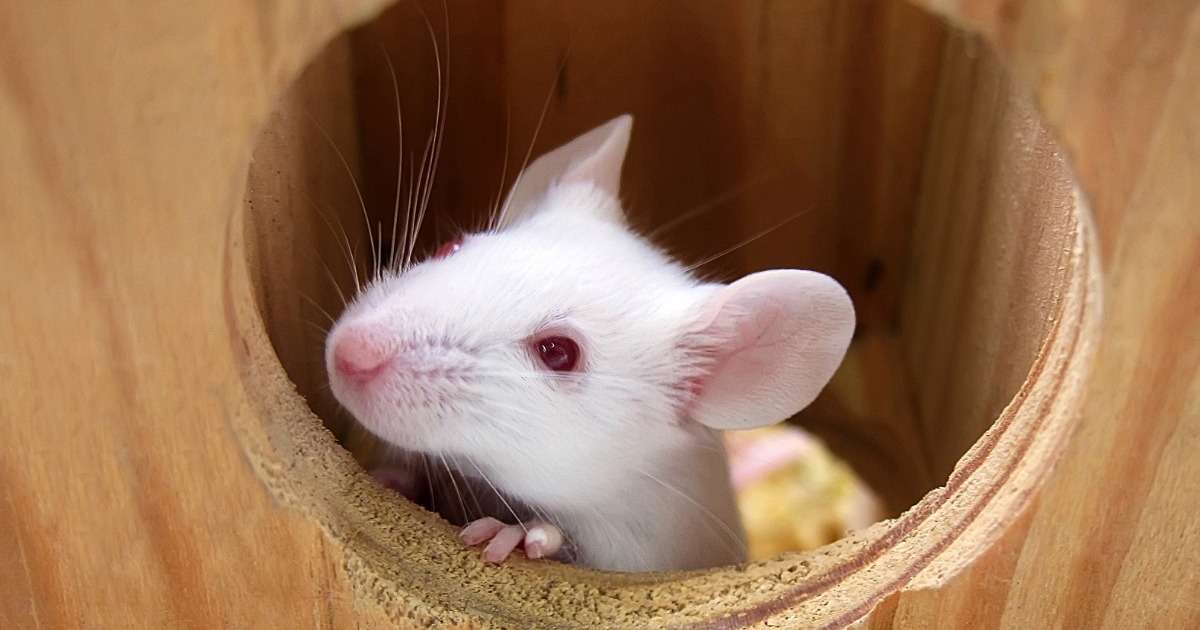
How obese mice get moving
By a showing of hands: how many of you started this New Year with the resolution to get moving? Burn off those extra holiday calories, or finally really get in shape?

Assessing motor deficits in mice following traumatic brain injury
Today Marcelle Cline and Donna Cross are so kind to share their insights on testing TBI mice with the CatWalk XT system.
